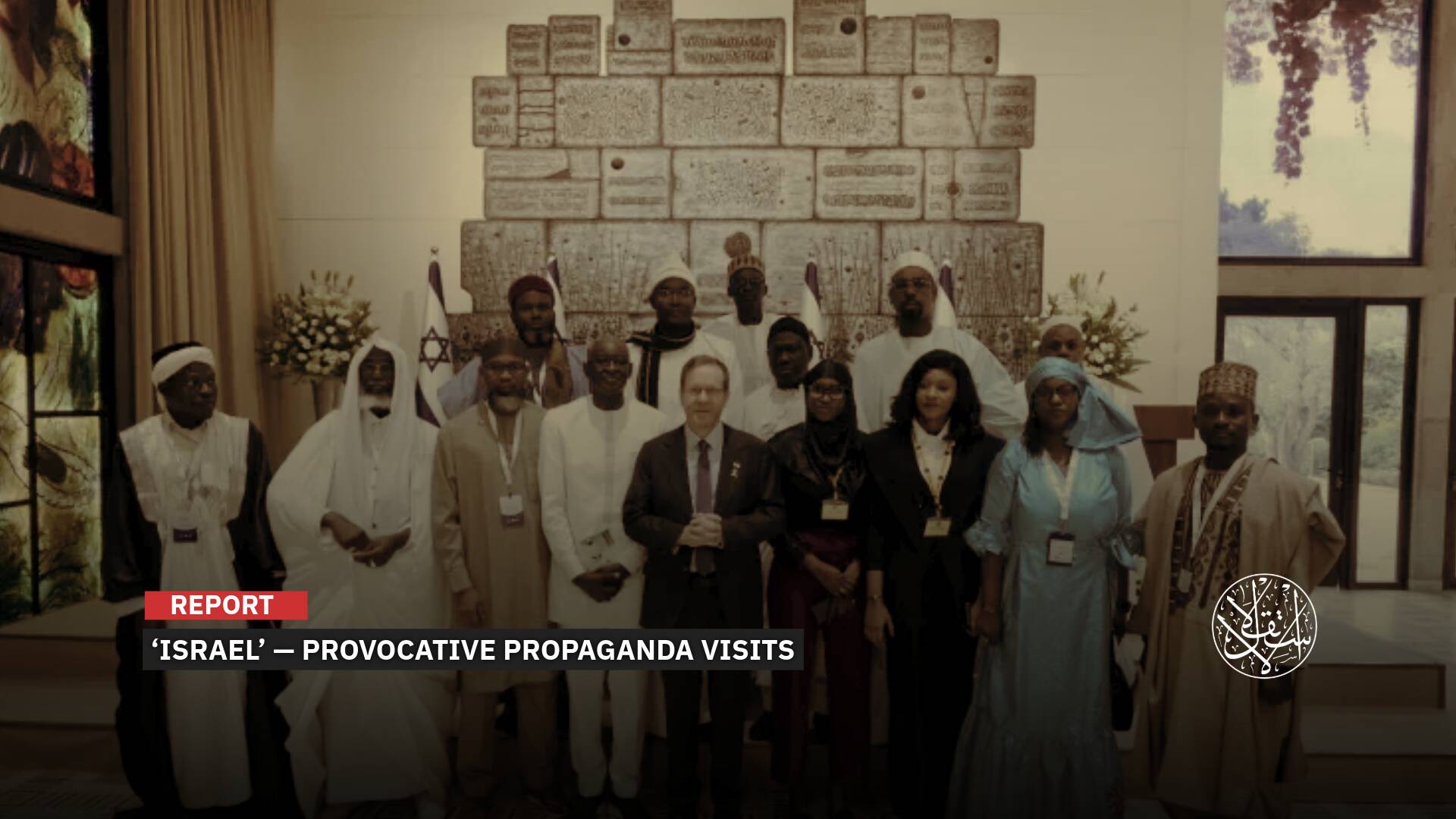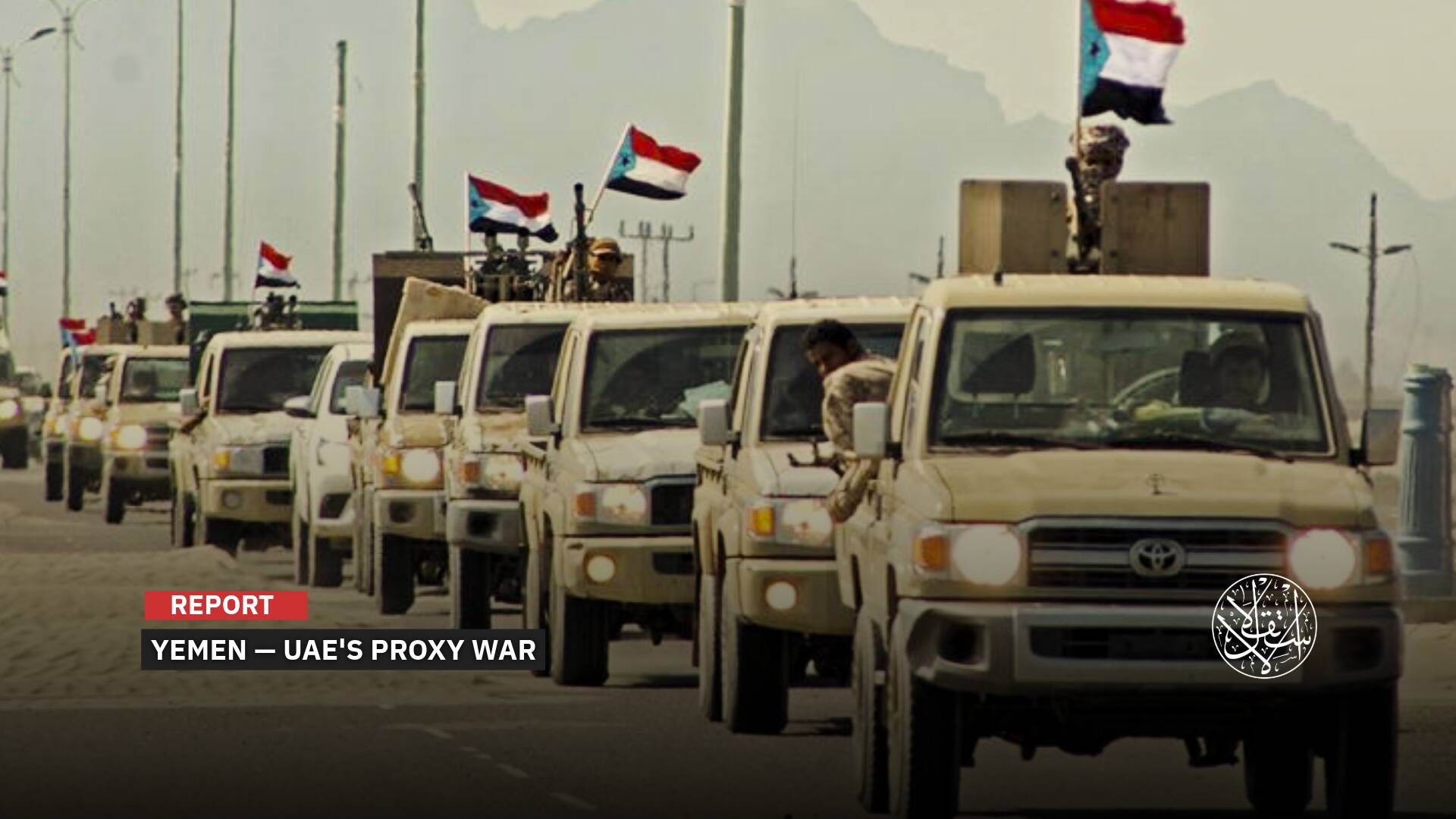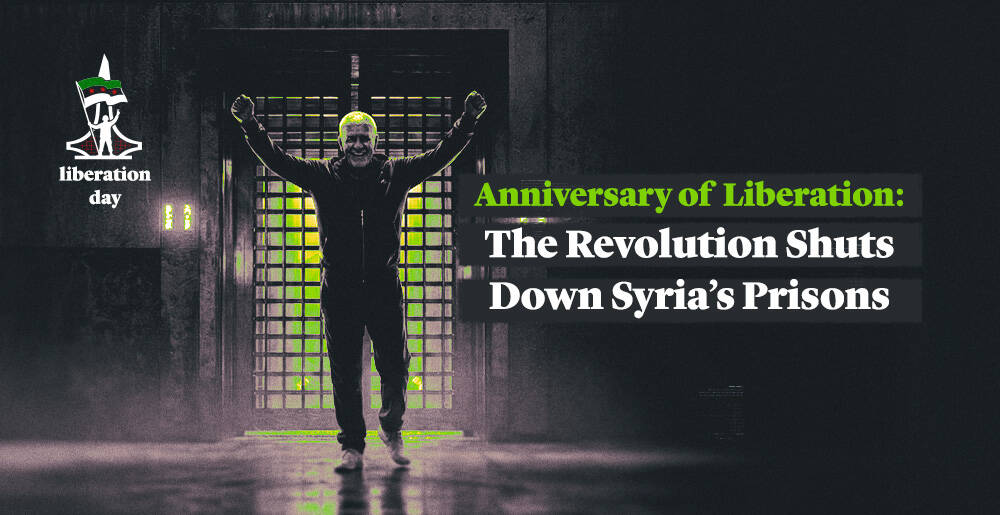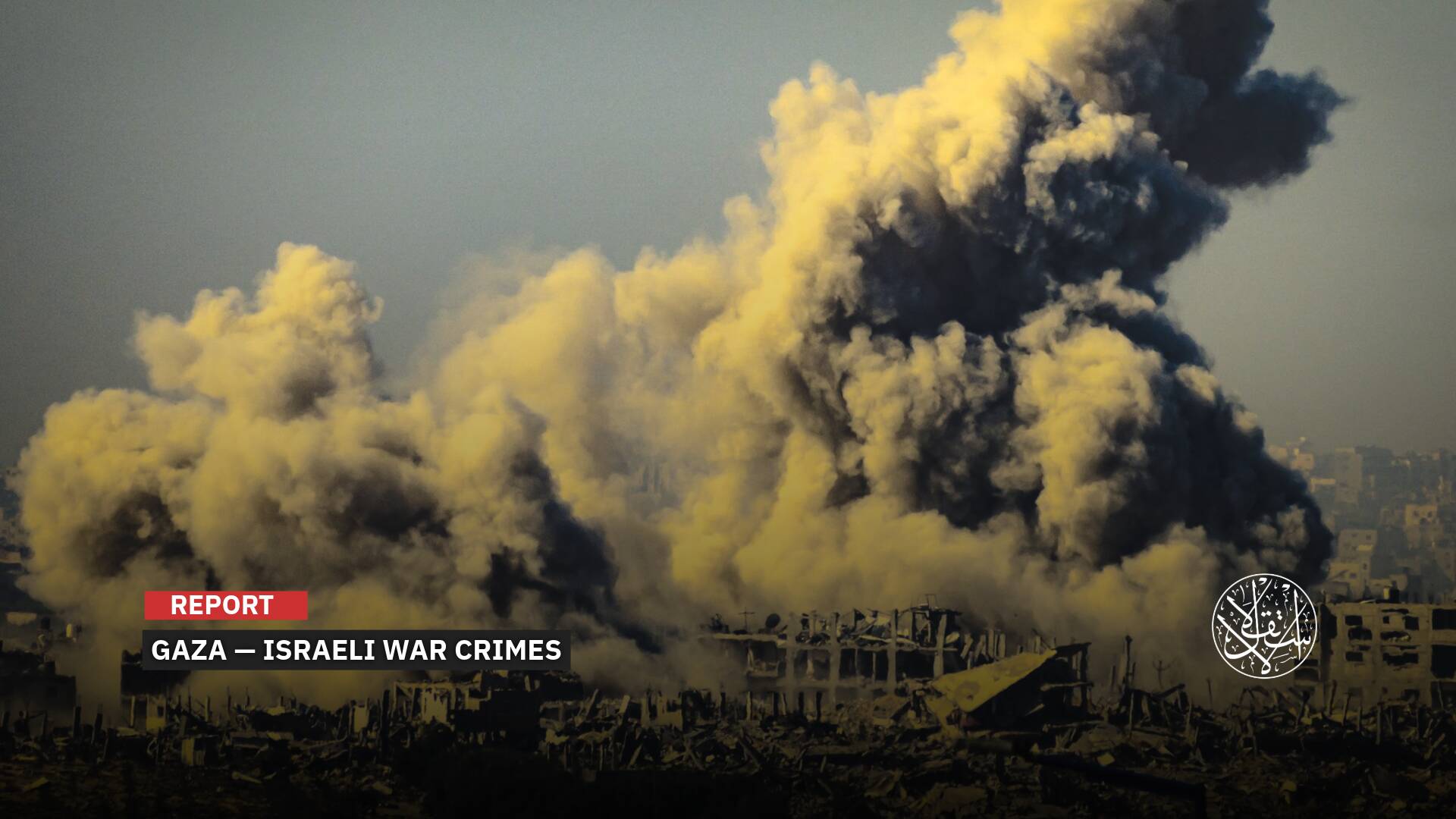Legacy of Sinwar: How He Anticipated His Martyrdom in His Novel

The legacy of Yahya Sinwar will be transmitted across generations in a way that uniquely distinguishes him from his predecessors.
Two decades ago, Yahya Sinwar, the leader of Hamas’s political bureau, wrote his novel "Thorns and Carnations" while imprisoned in Israeli jails, aiming to capture the struggle of the Palestinian people through a character of his own invention.
Little did he know that the dramatic plot he crafted around the hero’s demise would closely mirror his own final moments in life.
In the novel, Sinwar wrote, “Now the time has come, O Mother. I saw myself storming their positions, killing them like sheep, then becoming a martyr. I envisioned myself in the presence of the Messenger of Allah, peace be upon him, in the gardens of paradise, as he welcomed me, saying, welcome welcome!”
In reality, Sinwar was the mastermind orchestrating Operation al-Aqsa Flood on October 7, 2023, when Hamas’s military wing, the al-Qassam Brigades breached enemy lines, delivering significant casualties and inflicting one of the most profound military defeats in the history of the occupier.
On October 17, 2024, Sinwar documented his final moments after exhausting rounds of combat, seated in a chair, his face obscured by a keffiyeh.
Despite being severely injured, Sinwar defiantly picked up a stick and hurled it at an Israeli Quadcopter drone sent to capture his image.
The story of Yahya Sinwar has significantly impacted the region and will be immortalized in the memories of future generations.
His legacy sets him apart from those who came before him, such as Omar al-Mukhtar, the symbol of Libyan resistance against Italian colonialism, and Izz ad-Din al-Qassam, the instigator of the Great Palestinian Revolt (1936-1939).
Each of these figures represents a unique chapter in the struggle for freedom, but Sinwar’s narrative resonates deeply in contemporary discourse, shaping how resistance is understood today.

An Epic Scene
This epic scene, captured by his opponents, has transformed Sinwar among supporters of the Palestinian cause worldwide from a "hero" within a broader pantheon of resistance figures into a true "legend."
The difference lies in the fact that Sinwar's story—and his final moment—have shifted from the realm of narrative and unseen imagination to tangible reality.
Set against a backdrop of social and political upheaval, it embodies the tale of a man who began in a home in Gaza, rose to become a leader of the resistance, dealt a significant blow to the occupier, and departed while still bearing his weapon and fighting.
The scene also revealed that Sinwar was a leader who engaged in frontline battles alongside his soldiers, rather than operating from behind closed doors.
He visited various parts of Gaza and its refugee camps, refusing to hide in tunnels or use prisoners as human shields, and lacking a vast arsenal of weapons—elements that expose weaknesses in the Israeli narrative.
The significance of Sinwar’s final moment lies in its potential to inspire children to become active and pivotal figures in the struggle for liberation, as Palestinian activist Jamal Hassasneh notes.
As reported in Al-Estiklal, Hassasneh stated, "We grew up on the stories of Hamas founder Sheikh Ahmed Yassin and the movement’s leaders, as well as Izz ad-Din al-Qassam, Abdul Aziz al-Rantisi, Yahya Ayyash, and Raed al-Attar, among others."
"We heard of heroes like Omar al-Mukhtar, Algerian revolutionary leader Abdel Qader al-Jazairi, and Moroccan resistance leader Mohammed ben Abdelkrim al-Khattabi, but as I said, we heard the stories but did not see them,” Hassasneh added.
“Thus, Sinwar's story will be different. If the enemy understood the impact it would leave on the hearts of the world and the Palestinians, they would have erased it and refrained from broadcasting it. But ignorance can be a tool of God, and they will pay for their actions sooner or later.”
Izz ad-Din al-Qassam
Speaking of the epic endings that draw comparisons to Yahya Sinwar’s conclusion—serving as a testament to how history immortalizes their memory—the most striking parallel is that of Sheikh Izz ad-Din al-Qassam, after whom Hamas named its military brigades.
Al-Qassam was among the first to call for revolution and jihad against the British mandate in Palestine.
He opposed the settlement of Jewish immigrants on Palestinian land and demanded an end to their migration during the early stages of occupation.
After establishing the nucleus of resistance, al-Qassam delivered his final speech in 1935 at the Independence Mosque in Haifa, declaring, “O people, I have taught you the matters of your religion until each one of you became knowledgeable about them, and I have taught you the matters of your homeland until jihad became obligatory upon you. Have I not conveyed the message? O Allah, bear witness. So to jihad, O Muslims, to jihad, O Muslims.”
Palestinian historian Muhammad Hassan Shurrab recounts in his book that on that day "Izz ad-Din al-Qassam: Sheikh of the Mujahideen in Palestine," he bid farewell to his family and brothers, took up his rifle, and, accompanied by a few followers, headed to the mountains, determined to engage in jihad until martyrdom.
Indeed, on November 19, 1935, British occupation forces stormed Izz ad-Din al-Qassam's hideout with hundreds of soldiers. He was with just a handful of supporters—no more than ten. When they demanded his surrender, the Sheikh refused and fought back.
After a fierce battle that raged from morning until afternoon, al-Qassam was struck by a bullet to the forehead and fell alongside three of his comrades, who also perished in the fight.
Two days later, thousands of Palestinians attended a grand funeral to honor Izz ad-Din al-Qassam and his companions.
Public calls grew for the continuation of their path, which eventually led to the outbreak of the Great Palestinian Revolt in April 1936, lasting four years and inflicting heavy losses on the occupier.
Al-Qassam's legacy endured for decades beyond his death, the brigades that dealt some of the harshest defeats to 'Israel' were named in his honor.
Yahya Sinwar emerged as one of the foremost adversaries of the Israeli state, drawing inspiration for his own struggle from al-Qassam's enduring legacy.

Omar al-Mukhtar
Similarly, the iconic imagery of Sinwar's final moments has been linked by journalists and figures across social media to the character of the Libyan fighter Omar al-Mukhtar during the Italian occupation.
Affectionately known as "Sheikh of the Mujahideen " or the "Lion of the Desert," Mukhtar waged a fierce resistance against Italian colonial forces beginning in 1911.
He launched his movement from the village of Zawiyat al-Qusour, organizing the Libyan jihad against the Italian invaders, and participated in the Battle of Selawy in late 1911.
Mukhtar subsequently took command of the "Supreme Council" of jihad operations, orchestrating some of the most significant battles in Libyan history against the Italian occupiers—particularly after the withdrawal of the Turkish garrison from Libya in 1912 under the Treaty of Lausanne, just before the Ottoman Empire entered World War I.
Mukhtar continued to lead the resistance against Italy until 1931, when he was returning with a small group of companions from an inspection of resistance positions.
They encountered Italian military units in the Wadi al-Jareeb, and despite the overwhelming odds, they refused to surrender, choosing instead to engage in battle. Mukhtar was wounded, and his horse was killed, leading to his capture.
The Italian occupation forces subsequently put Mukhtar through a mock military trial in the city of Benghazi, where he was sentenced to death by hanging.
On September 16, 1931, his execution was carried out in front of thousands of Libyans.
History records his final words before his execution, directed at the Italian officer interrogating him, "We will never surrender. We win or we die. And don't think it stops there. You will have the next generation to fight; and after the next, the next. As for me, I will live longer than my hangman."
This sentiment was immortalized in history through the film "Omar al-Mukhtar," showcasing the genius of the late director Moustapha Akkad as he presented the final scene of the Libyan jihadist.
As the Sheikh was executed, his glasses fell to the ground, and a small child climbed onto the gallows to retrieve them.
This poignant moment conveyed Akkad's message that resistance is an idea that does not perish with the death of its leaders; rather, generations will rise to carry the banner forward.
In much the same way, we are currently witnessing the unfolding story of Yahya Sinwar, where the world observes not the final chapter of his past, but the prologue of his enduring legacy.
Sources
- ‘Chair, scarf, and stick’: the final scene of Sinwar as seen by X users. [Arabic]
- The philosophy of ‘Hamas’: politics and existence according to Yahya Sinwar. [Arabic]
- Izz ad-Din al-Qassam: a Syrian leader who led the Palestinian revolution. [Arabic]
- Omar Mukhtar: ‘Lion of the Desert,’ who became a symbol of resistance against colonization in Libya. [Arabic]










